Shop
Bengal Kittens For Adoption
$2,000.00
Bengal Kittens For Adoption
Bengal Kittens For Adoption. The Bengal cat is a domesticated cat breed created from a hybrid of the Asian leopard cat (Prionailurus bengalensis), with domestic cats, especially the spotted Egyptian Mau.
Bengal Kittens For Adoption
Bengal Kittens For Adoption. The Bengal cat is a domesticated cat breed created from a hybrid of the Asian leopard cat (Prionailurus bengalensis), with domestic cats, especially the spotted Egyptian Mau. It is then usually bred with a breed that demonstrates a friendlier personality, because after breeding a domesticated cat with a wildcat, its friendly personality may not manifest in the kitten. The breed’s name derives from the leopard cat’s taxonomic name.
Bengals have a wild appearance; their golden shimmer comes from their leopard cat ancestry, and their coats may show spots, rosettes, arrowhead markings, or marbling. They are an energetic breed that needs much exercise and play.
History
Early history
The earliest mention of an Asian leopard cat × domestic cross was in 1889, when Harrison Weir wrote of them in Our Cats and All About Them.
Bengals as a breed
Jean Mill of California is given credit for the modern Bengal breed. She made the first known deliberate cross of an Asian leopard cat with a domestic cat (a black California tomcat). Bengals as a breed did not really begin in earnest until much later. In 1970, Mill resumed her breeding efforts and in 1975 she received a group of Bengal cats that had been bred for use in genetic testing at Loma Linda University by Willard Centerwall. Others also began breeding Bengals.[who?]
Cat registries
In 1983, the breed was officially accepted by The International Cat Association (TICA). Bengals gained championship status in 1991. Bengal Kittens For Adoption
In 1997, the Governing Council of the Cat Fancy (GCCF) accepted Bengal cats.
In 1999, Fédération Internationale Féline (FIFe) accepted Bengal cats into their registry.
The Cat Fanciers’ Association (CFA) was one of the last organizations to accept the Bengal cat into their registry. “The CFA board accepted the Bengal as Miscellaneous at the February 7, 2016 board meeting. In order for a Bengal cat to be registered with the CFA it must be F6 or later (6 generations removed from the Asian Leopard Cat or non-Bengal domestic cat ancestors).”
Bengal Kittens For Adoption
In 1999, the Australian Cat Federation (ACF) accepted the Bengal cat into their registry.
A charcoal Bengal kitten, with white “goggle” markings, and black rosettes.
Early generation Bengal cat

bengal cats babys leopard kitten
Bengal cats from the first three generations of breeding (F1–G3) are considered “foundation” or “early-generation” Bengals. The Early generation (F1–G3) males are frequently infertile. Therefore, female early-generation Bengals of the F1, G2, and G3 are bred to fertile domestic Bengal males of later generations. Nevertheless, as the term was used incorrectly for many years, many people and breeders still refer to the cats as F2, F3 and F4 even though the term is considered incorrect.
Popularity
The Bengal breed was more fully developed by the 1980s. “In 1992 The International Cat Association had 125 registered Bengal Breeders.” By the 2000s, Bengals had become a very popular breed. In 2019, there were nearly 2,500 Bengal breeders registered in TICA worldwide. Bengal Kittens For Adoption




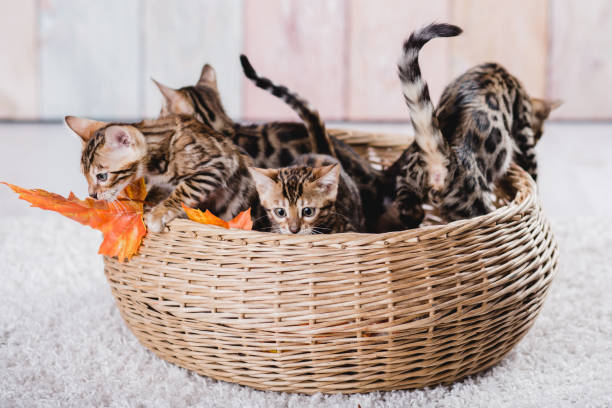
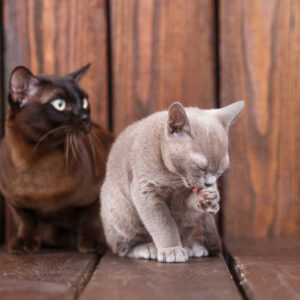
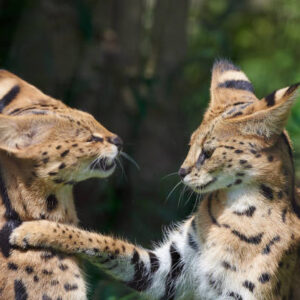
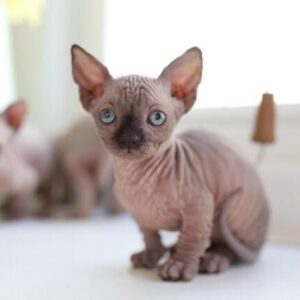
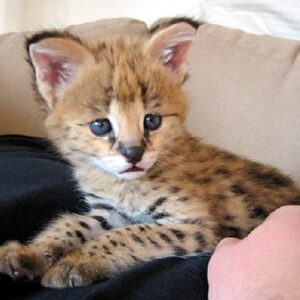
Reviews
There are no reviews yet.